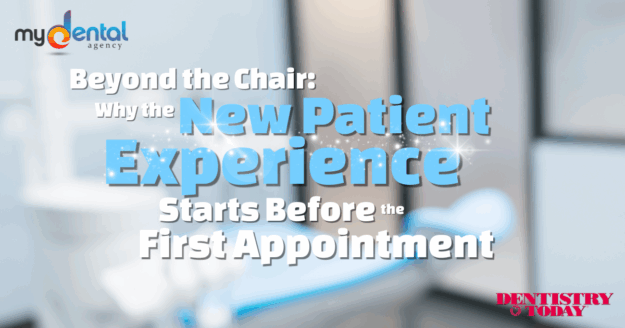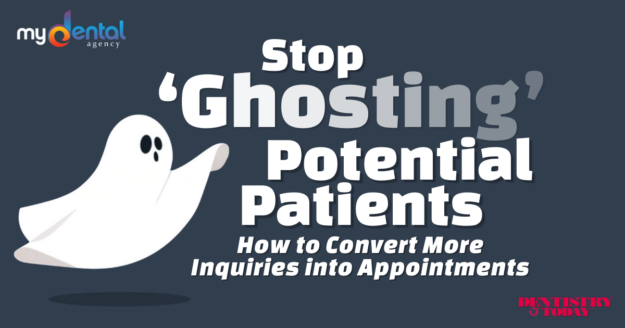It’s true that marketing is essential if you want to grow your dental practice. But here’s the rub: no matter how strong your marketing strategy is, your dental practice will never see sustained growth if your front desk game isn’t just as strong. Think of marketing as the spark that ignites interest, but your front desk is the engine that drives it home.
It feels good to write a new patient’s name in the schedule. It’s validation that the practice’s marketing strategies are working, and it means the practice is growing. Dental practices target new patients to increase revenue, and I support this wholeheartedly. However, if after the first appointment a patient leaves for a competing practice, doesn’t use your practice for all their needs, or simply never returns, growth will be limited or may stagnate. I have a surefire way to prevent that from happening, and it involves marketing, of course.
Any Patient You Keep Is One Less Patient You Need to Find
By creating systems that support a smooth, thoughtful, and patient-centered experience from the very first touchpoint, your practice can build trust that lasts—and lay the groundwork for long-term growth.
Beyond the Chair: Why the New Patient Experience Starts Before the First Appointment
Imagine you’re planning a luxury vacation. Would you search for the cheapest hotel—or look for one that reflects the experience you want? Patients go through a similar process when choosing a dentist. Those seeking cosmetic enhancements, full-mouth restorations, or a more personalized level of care aren’t focused on price—they’re focused on quality, trust, and results.
4 Ways to Attract Premium Patients Online
Most dental practices measure success by one thing: how many new patients they bring in each month. And while attracting new patients is important, it’s not the only—or even the most reliable—way to grow.
Why New Dentistry is the Smarter Path to Long-Term Growth
Connecting with patients is always important, and while we often think about that in terms of personal relationships, it’s just as crucial in patient care. When someone reaches out to schedule an appointment or inquire about services, they’re looking for reassurance, guidance, and a reason to choose your practice. A delayed or impersonal response can leave them feeling overlooked—and more likely to book elsewhere.
Stop ‘Ghosting’ Potential Patients: How to Convert More Inquiries into Appointments
Think about the last time a recommendation helped you make a decision—whether it was for a product, a restaurant, or a service. Now imagine seeing and hearing that recommendation directly from the person who shared it. That’s the unique power of video testimonials: they bring authenticity to the forefront by turning a simple review into a compelling story.
Could Video Testimonials Be the Key to Unlocking Your Practice’s Growth?
Think about your last big purchase—maybe a car, a new phone, or even a vacation. Chances are, you didn’t make your decision after seeing just one ad or reading a single review. Instead, you researched, compared, and interacted with the brand in several ways before you felt confident enough to commit. Now, consider this: your prospective patients are doing the exact same thing when choosing a dental practice.
Why Comprehensive Marketing Matters More Than Ever
Running a dental practice is more than just providing exceptional care—it’s about ensuring patients find you, trust you, and keep coming back. But how much should you invest in marketing to make this happen? Many practices struggle with this question, often spending too little or without clear direction.
How Much Should You Invest in Marketing Your Dental Practice?
Many dental practices believe they don’t need to worry about the competition down the street. After all, with a larger team, cutting-edge technology, or a more personal approach to patient care, it’s easy to assume your practice naturally stands out. While these strengths may hold true in real life, they can be lost when prospective patients search online. Their decision often boils down to what they can find on the internet—which may not always reflect the true patient experience your practice delivers.















